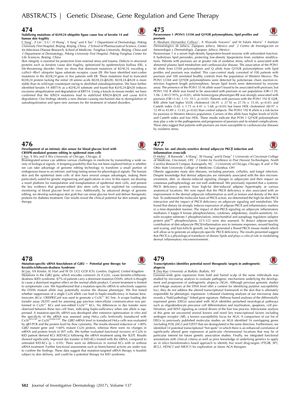Development of an Intrinsic Skin Sensor for Blood Glucose Level with CRISPR-Mediated Genome Editing in Epidermal Stem Cells
April 2017
in “
Journal of Investigative Dermatology
”

TLDR Researchers created a skin graft that senses blood glucose and could treat diabetes using CRISPR-edited stem cells.
The document presents a study on the development of an intrinsic skin sensor for continuous monitoring of blood glucose levels using CRISPR-mediated genome editing in epidermal stem cells. The researchers developed a novel platform for manipulating and transplanting epidermal stem cells and provided key evidence that genome-edited skin stem cells can be used for in vivo monitoring of blood glucose. Additionally, they created an autologous skin graft capable of sensing glucose levels and delivering therapeutic proteins for diabetes treatment, revealing the clinical potential for skin somatic gene therapy. The study suggests that this approach could lead to new treatments for diabetes and demonstrates the utility of CRISPR technology in creating functional tissue-based sensors.




